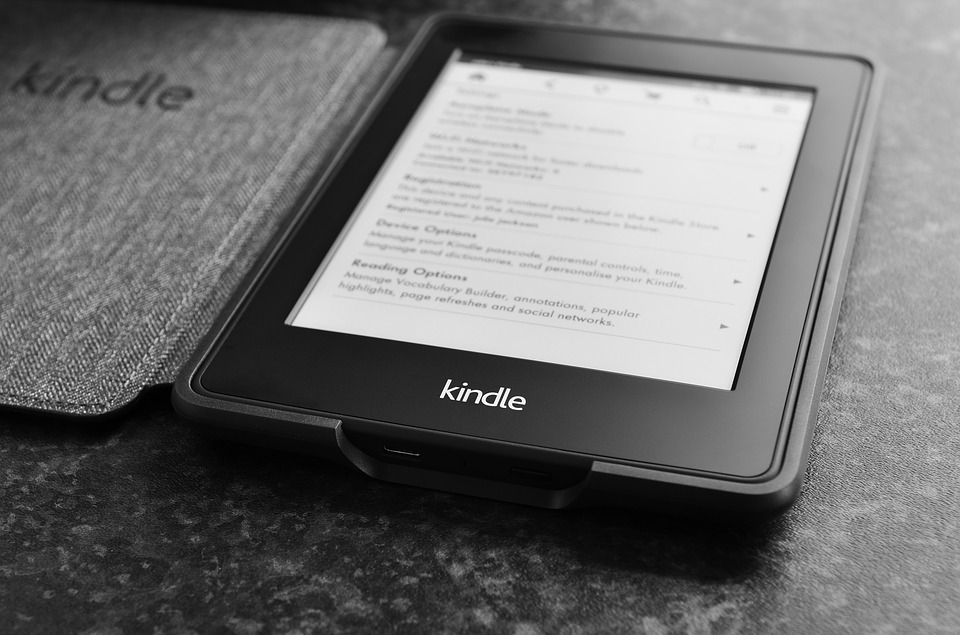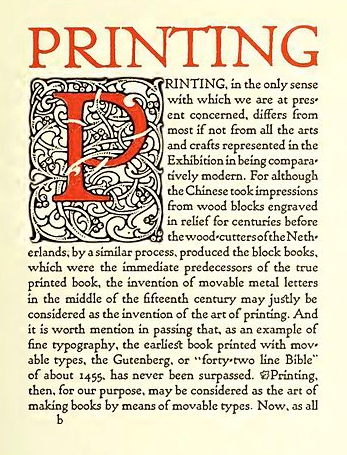- 3-minute read
- 23rd December 2016
MLA Referencing – Citing Ebooks
The days when “book” immediately implied a physical, papery object are now behind us. Many students, for example, now use ebooks in research. After all, they’re easy to access, and you can carry around an entire library without suffering any risk of a broken back!

But referencing ebooks in MLA can be complicated, since it depends on whether you’re talking about an ebook accessed via an e-reader or found online. In this post, we look at how to do both.
In-Text Citations
Thankfully, the actual citations for an ebook are the same no matter where you found it, requiring only that you give the author’s surname and the page number(s) of the section being cited:
The rise of the ebook has resulted in an increase in self-published works (Falco 44).
Of course, not all ebooks feature page numbers. In such cases, you can use a chapter, section and/or paragraph number instead:
Falco claims that self-published writing often “suffers from a lack of editing” (ch. 4, par. 2).
However, this only applies when the book contains chapter and/or paragraph numbers. If none are available, simply leave them out of citations.
Works Cited (Ebooks Accessed Via an e-Reader)
When an ebook is only accessible via an e-reader or software on your computer, MLA referencing treats it as a specific edition of a print book.
As such, the format to use in the “Works Cited” list is as follows:
Author Surname, First Name. Title. Ebook. Publisher, year of publication.
In practice, a full reference for an ebook would look something like this:
Find this useful?
Subscribe to our newsletter and get writing tips from our editors straight to your inbox.
Falco, Andrew. The Death of Print. Ebook. PMP Publications, 2013.
While “ebook” is acceptable if the source isn’t in a specific format, usually you’ll want to include more detail about the version consulted here.
You should also include any other information about the edition here. For example, the second edition of the Kindle version of a book would be listed as:
Falco, Andrew. The Death of Print. 2nd ed., Kindle. PMP Publications, 2015.
Works Cited (Ebooks Accessed Online)
For online editions of a book (i.e., books accessible via the internet rather than an e-reader), the format is a little different.
The key thing to remember is that references for online books require a database and DOI or URL through which they can be accessed:
Author Surname, First Name. Title. Publisher, year of publication. Database, DOI/URL.
As such, the reference for an online book would be more like the following:
Morris, William. The Art of Printing. H. M. O’Kane, 1902. Project Gutenberg, www.gutenberg.org/files/31596/31596-h/31596-h.htm.





